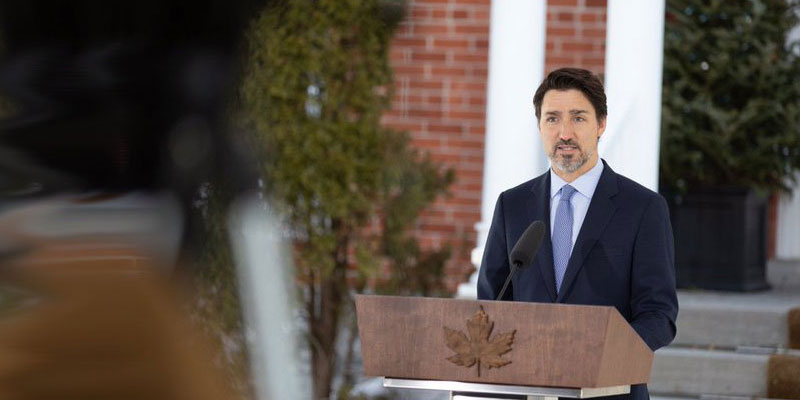Federal government’s new ‘green’ program will produce little environmental benefit

The Trudeau government, as part of its effort to drive Canada towards net-zero greenhouse gas (GHG) emissions, is accepting applications until July 7 for its five-year $1.5 billion “Green and Inclusive Community Buildings” program. The program, unfortunately, is an inordinately costly way to reduce GHG emissions.
Individuals cannot apply for this funding; only provincial and territorial governments, municipal and regional governments, public-sector bodies, Indigenous governing bodies and non-profit organizations are eligible. So it’s a bit of a make-work exercise for bureaucrats.
Under usual circumstances, if the government wants to build infrastructure, taxpayers pay to build the infrastructure. Under this program, on top of actual building costs, taxpayers must also pay for provincial and municipal bureaucrats to write grant applications to Ottawa (the application guide alone is 47 pages long) and for federal bureaucrats to review the applications and disburse the funds.
Moreover, the program only pays for retrofits, repairs and upgrades to existing community buildings, and the construction of new community buildings. These kinds of projects, however, tend to have very high costs relative to the amount of GHG emissions saved.
For example, the previous Ontario Liberal government’s climate change plan sought to improve energy efficiency by retrofitting multi-unit residential buildings. According to a paper by University of Calgary economist Trevor Tombe, the cost of the retrofits amounted to $425 per tonne of emissions reduced. Similarly, Tombe’s paper suggested that retrofits for schools and hospitals would be expensive relative to environmental benefits—$270 per tonne of emissions reduced.
Meanwhile, according to the federal government’s cost-benefit analyses, the social cost of carbon is $50 per tonne (although there’s good evidence to suggest that even this may be too high). That means, based on a rough estimate of the Ontario policy, taxpayers would pay something like $5.40 to $8.50 for every $1.00 of environmental benefits achieved.
The federal program also specifies the retrofits would be mainly for community, culture, recreation, and health and wellness centres. But unless these types of retrofits somehow achieve more than five times the environmental benefits per dollar spent than retrofits for apartments, schools, and hospitals, the federal policy is also a net loser.
Finally, the federal program disburses funds based partly on criteria that do not have any environmental or economic logic. For example, $150 million of the $1.5 billion has been earmarked for Indigenous applicants undertaking projects serving Indigenous populations only. And daycare centres, shelters, schools, hospitals and long-term care facilities are ineligible for funding unless they are Indigenous facilities.
In other words, the program will transfer economic benefits from the rest of Canada to the Indigenous population. That may or may not be a worthwhile goal, but if it is, trying to achieve it through an environmental infrastructure program is inefficient and makes no sense. Better to do it through another government department—perhaps the one responsible for Indigenous services.
The federal Green and Inclusive Community Buildings program is a waste of money. Taxpayers will be out $1.5 billion, and the environmental benefits of the program will equal only a small fraction of that amount.
Author:
Subscribe to the Fraser Institute
Get the latest news from the Fraser Institute on the latest research studies, news and events.

